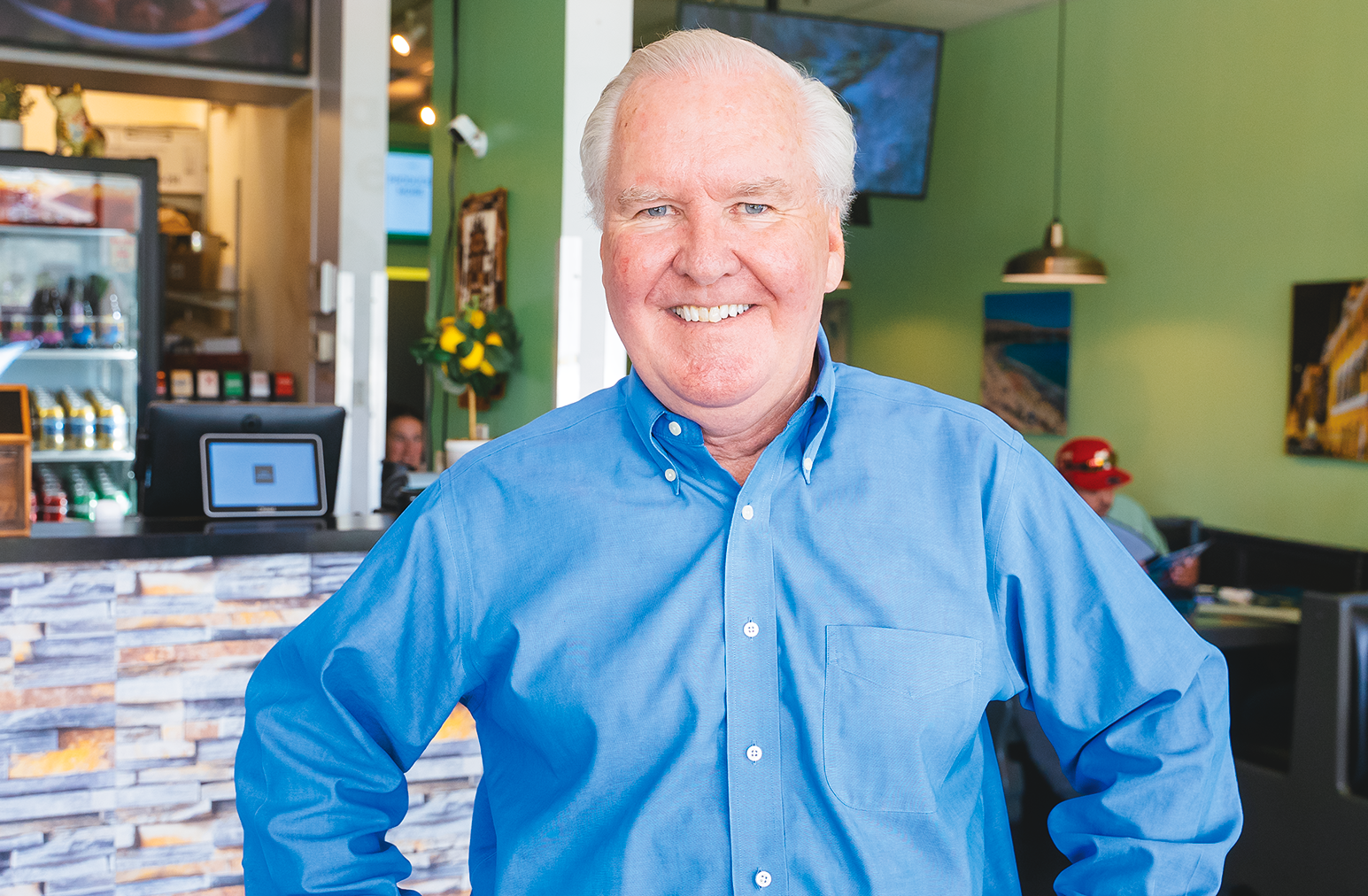
Former Tampa Mayor Bob Buckhorn (photo) says that being the mayor of the 49th largest city in the U.S. (by population) is, “the only job I ever wanted.”
Buckhorn admits he was sad when term limits took him out of the job six years ago (when Jane Castor, who is coming up on her two-term-limit herself in 2027, took over), but during an exclusive recent interview with the former mayor, Buckhorn said he is seriously considering another run at the office, which he called, “maybe the worst-kept secret in town.”
Buckhorn first got into government work when he served as the special assistant to then-Tampa Mayor Sandy Freedman during her two terms (1987-95). During that time, he lost a Democratic primary for the District 60 State House seat to Carol Palomino by 554 votes. Then, in 1995, he was elected to the Tampa City Council, where he served two terms under former Mayor Dick Greco (who served as mayor from 1967-74 and again from 1995-2003).
In 2011, Buckhorn won the first of his two terms as mayor when he succeeded Pam Iorio (who also served two terms, from 2003-11), defeating fellow City Council member Rose Ferlita and Greco.
“We have opened a PAC (political action committee), but I haven’t officially filed yet, so I’m not yet officially a candidate,” former Tampa Mayor Bob Buckhorn told Jannah and me as we enjoyed a delicious lunch at Lima Peruvian Cuisine on Aug. 29. “I probably won’t file until after the first of the year (2026), but it depends on what happens. We’re still 19 months away, so I’m going to use this time to get around and reconnect with people and identify things that have changed since I left office in 2019 — of which there’s a lot. Let’s just say that the reaction so far has been very positive.”
He says that some of the challenges are, “because of our success. We completely reversed a lot of what the city was facing when I came in.
“I was here when we annexed this — from Day One of cutting the ribbons at Tampa Palms and Hunter’s Green. I knew Ken Good and Jim Apthorp (who developed Tampa Palms), so I know the whole history [of the New Tampa area] and what it took for us to get here. This area has become a vibrant, important part of our city.”
“Gary, you were my rabbi, my sensei that I could call and ask what’s going on up here and you’d always know the inside scoop. We were like brothers in arms.” He remembers “being booed when I cut the ribbon on that New Tampa Gateway Bridge in West Meadows,” even though now the people who live on both sides of that bridge now can’t imagine not having it.
Mayor Bob also remembers the 2019 debate between then-City Council candidate Luis Viera and his opponent, Dr. Jim Davison, when I asked them both, as one of the moderators of that debate, what they thought about New Tampa de-annexing from the City of Tampa and annexing into its own city. Viera said he was running for City Council and had no interest in de-annexation, while Davison said he would “have to look into it once elected.”
“That’s what got me involved in that race,” Buckhorn recalls. “When he [Davison] started talking de-annexation, I said I’m all in for Luis and will throw whatever support and weight I can to help him get elected.” Viera won by 65 votes.
Buckhorn was in his last year as mayor when the city broke ground on the expansion of the New Tampa Recreation Center. “And then, Luis got the All-Abilities Park funded after he first got elected,” Buckhorn recalls. “That was his baby, but it also was a big deal for the city. Luis is a good man. His heart is always in the right place.”
Part of the reason he decided to try to get his old job back, he says, is because, “Tampa was on such a trajectory as a city when I left office. We completely reversed the out-migration of our young people, where we had become a ‘donor city’ to places like Charlotte (NC) and Austin (TX). Now, Tampa is a magnet for young talent.”
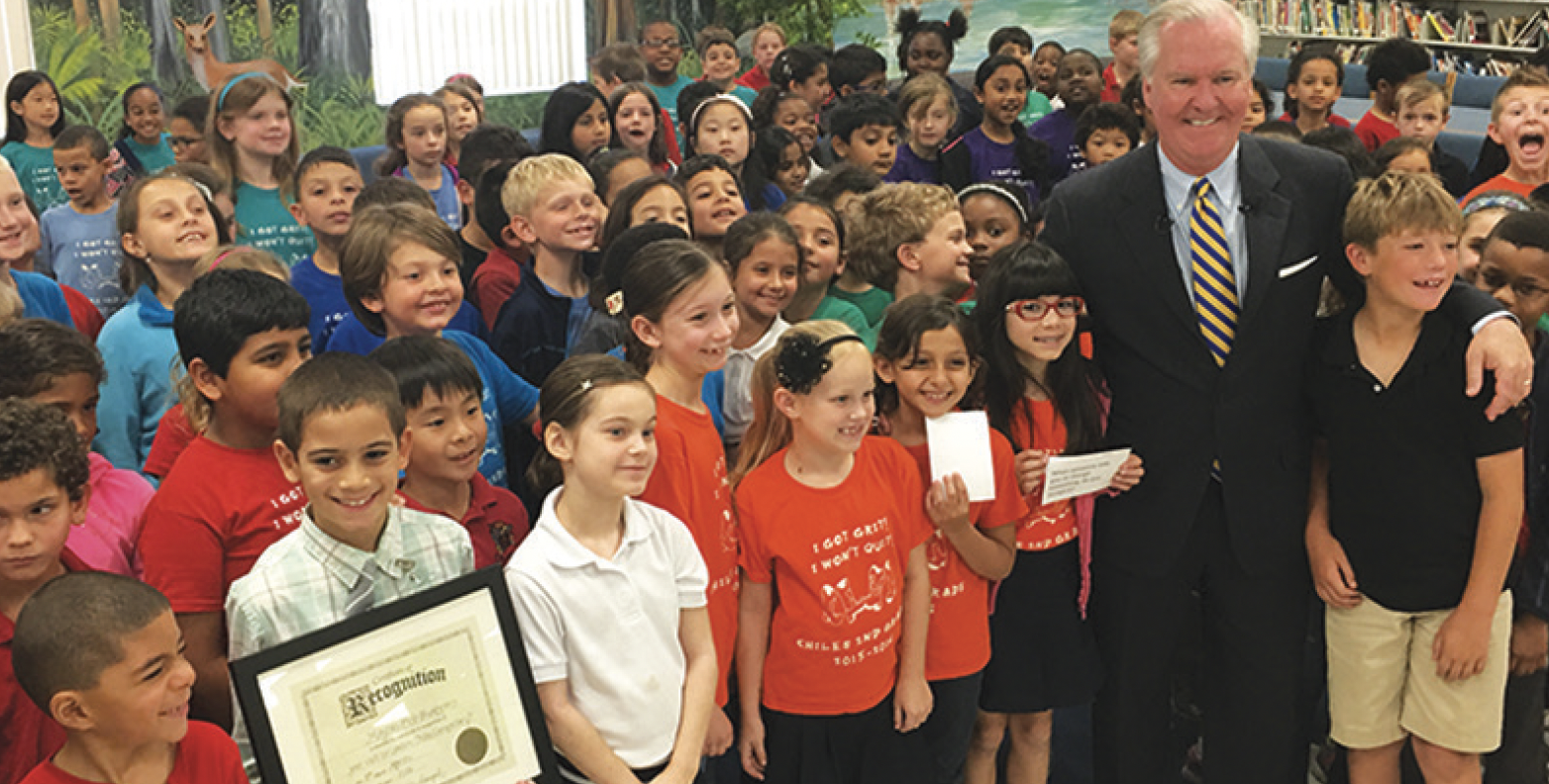
He adds, “Now, when you walk around downtown and see what Water Street has become, what that partnership with [Tampa Bay Lightning owner Jeff ] Vinik has done there — that’s part of getting us to that next level.”
Buckhorn says that connecting Tampa’s “urban core” will hopefully be part of his next administration. “How Water St. Phase 2 will connect to Channelside and then to Gasworx, with what Darryl Shaw is doing in Ybor City. And then finishing the Riverwalk on the west side and connecting Tampa Heights to where Armature Works is at the Hillsborough River. The completion of the original portion of the Riverwalk already transformed our city in ways that you can’t even imagine. I knew that if we started to focus on the waterfront as our best asset, that other things would follow. If you look at the hundreds of millions of dollars that have been invested, we are becoming a livable, walkable, 18-hour-a-day environment that will stretch from downtown to all the way around the urban areas.”
Buckhorn also notes that, “The good thing is that downtown has largely taken on a life of its own. It doesn’t need me pushing that boulder up the hill like it did before. So now, we have the opportunity to really expand our horizons, our view, throughout the rest of the city and really connect all of the dots.”
He adds, however, that, “We’ve got some challenges as the result of that growth — traffic, obviously, is a big issue and always will be our Achilles heel until we can get a dedicated revenue source. And then, there’s issues of infrastructure, like stormwater, road repairs and potholes. But, you can never lose sight of those basics as mayor, because those basics impact people’s lives on a daily basis.”
And, speaking of those basics, he says, “We have to do something about the permitting process in the city, which is in dire need of help. I fixed that process in 2011 when I first got in, but I guess we’re going to have to come back in and sort of re-do it.”
He also notes that it also will be a priority for him to, “Start driving that narrative again to compete on a global basis for corporate relocations and [bringing] jobs, with technology and keeping our young people from moving away again. So, we’ve got some more chapters to write. This city’s really only just beginning to realize its full potential.”
He also says he figured he had, “another two tours left in me. They can’t turn my hair any whiter — that’s already happened — and so, all I can say is ‘Let’s go!’”
What About Light Rail?
“Downtown will always be the heart of any city,” Buckhorn says, “but in order to connect the rest of Tampa to it, we do need light rail. Brightline (the privately-owned, eco-friendly intercity rail system now connecting Miami to Orlando) has been a client of mine (in his job working for Shumaker Advisors, a lobbying and public affairs firm) over the last couple of years, so I’m already kind of neck-deep in it. But, once Brightline comes in, you have to find ways to connect the Brightline station to other things in our city. You can’t, in an urban area, rule out light rail or mass transit. I know that some of our friends at the county think [mass transit] is a UN [United Nations] plot, but it’s important to start connecting where people live to where they work — that’s the next iteration of what our city could look like.”
But, of course, one of the most difficult challenges for Buckhorn will be to connect New Tampa to everything happening in “old” Tampa.
“We’re going to have to go back to a referendum again at some point, for a dedicated transportation revenue stream, because you can’t do these big public works projects without the ability to issue debt. You can’t pay as you go, because you’re never going to have enough money to be able to do it.”
He calls the Florida Supreme Court’s decision to overturn the county’s transportation tax referendum a “pretty political decision. I just hope that people will realize that without a similar referendum, we’re never going to be able to fix this transportation problem. But, it’s never really gotten the focus, the full weight of all of the political players, that it needs to be successful.”
As for what’s needed from the city in New Tampa, Buckhorn is still hopeful to work with Pasco County officials once he gets elected, to finally connect Kinnan St. to Mansfield Blvd. in Meadow Pointe, get some sort of additional emergency medical service for K-Bar Ranch and get the now-being-designed city park in K-Bar built.
As for why Viera has so far been unable to get that additional EMS service for K-Bar, Buckhorn says he doesn’t know, but he speculates that it may be because Viera has, “consistently sided with the [firefighters] union, which puts him at odds with the chief [Tampa Fire Rescue Chief Barbara Tripp], which at times also has put him at odds with the administration. Hopefully, there will be a different way to skin that cat when we get back in office. There needs to be a less contentious relationship between the fire chief and the union because it’s bad now.”
He also says, “There is nothing but opportunity for us. I thought when I left that I was finished. I went out with sky-high poll numbers. It was the only job I ever wanted and I did what I said I was gonna do, and it was time to go home. But, I still wake up just as excited everyday about what we could do and what Tampa could be.”
Buckhorn also wondered if the Hillsborough County portion of Two Rivers — the massive development just east of New Tampa in Hillsborough and Wesley Chapel in Pasco, could be annexed into the city. “Annexation is why New Tampa is part of the city. Maybe it could help us grow again.”
To be continued.

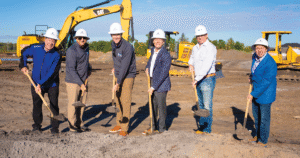
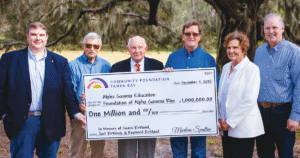
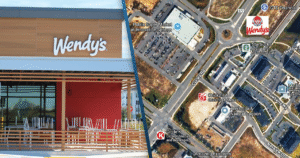
No comment yet, add your voice below!